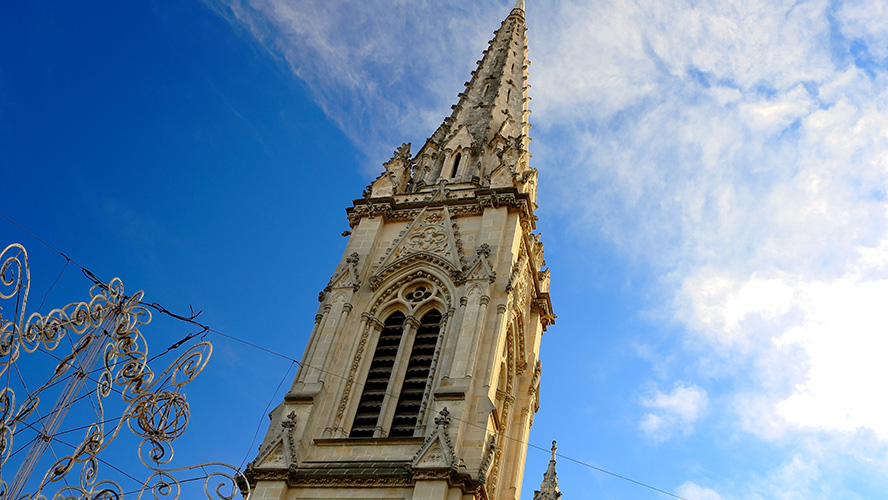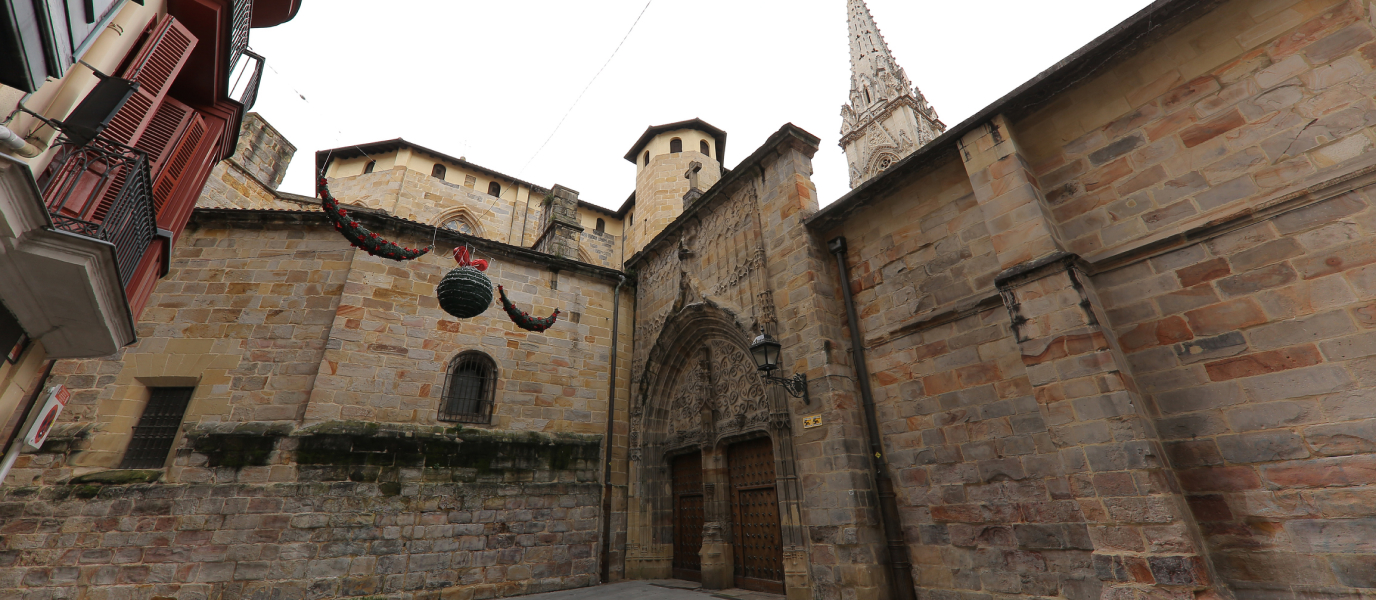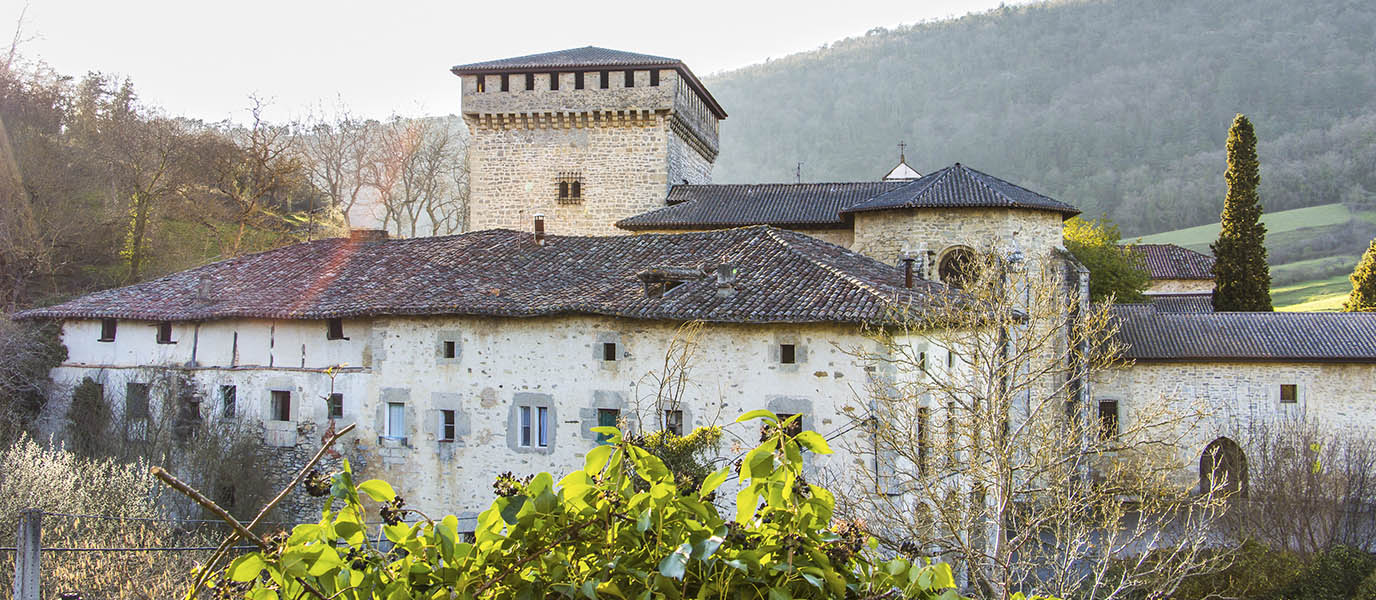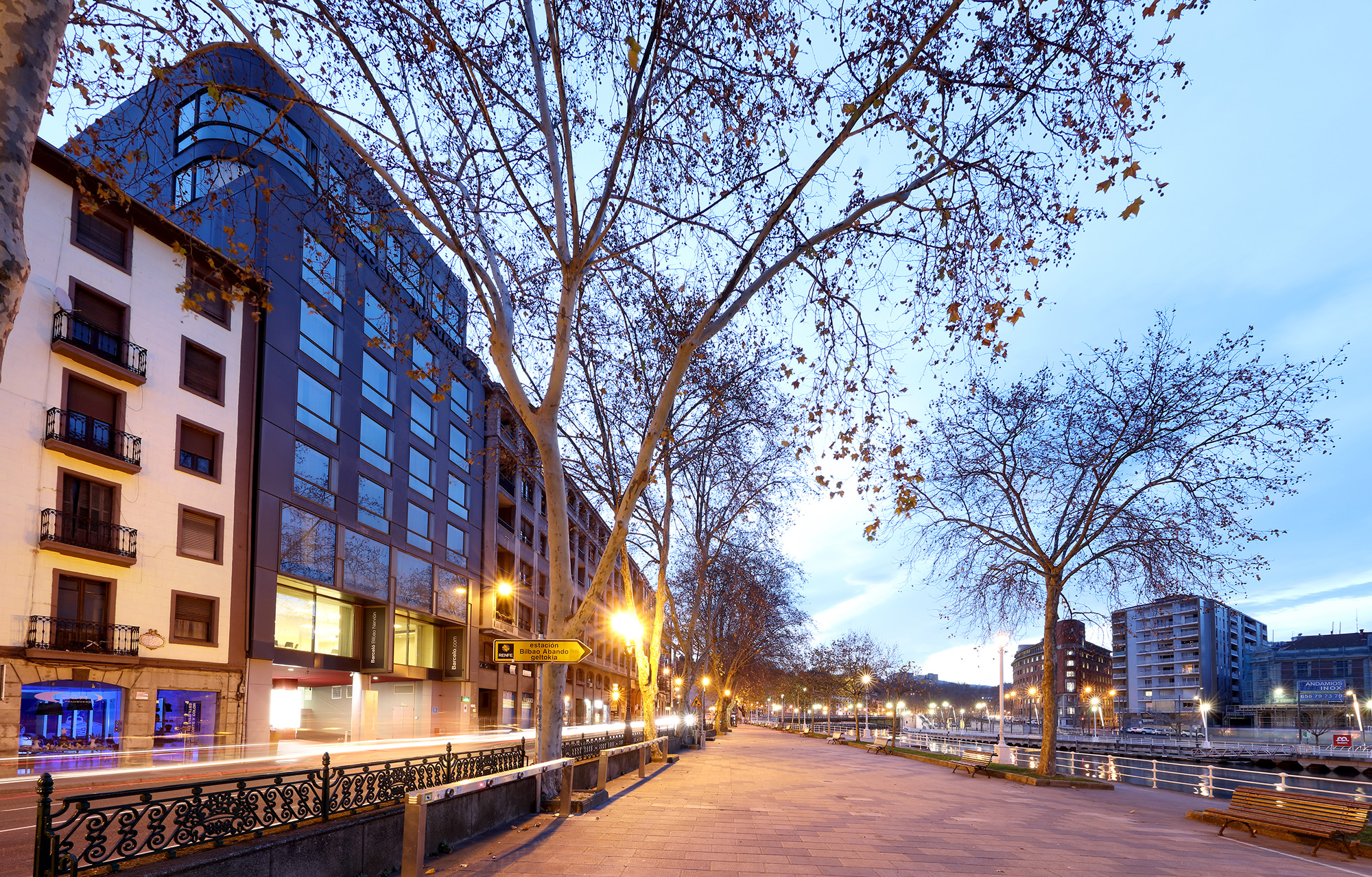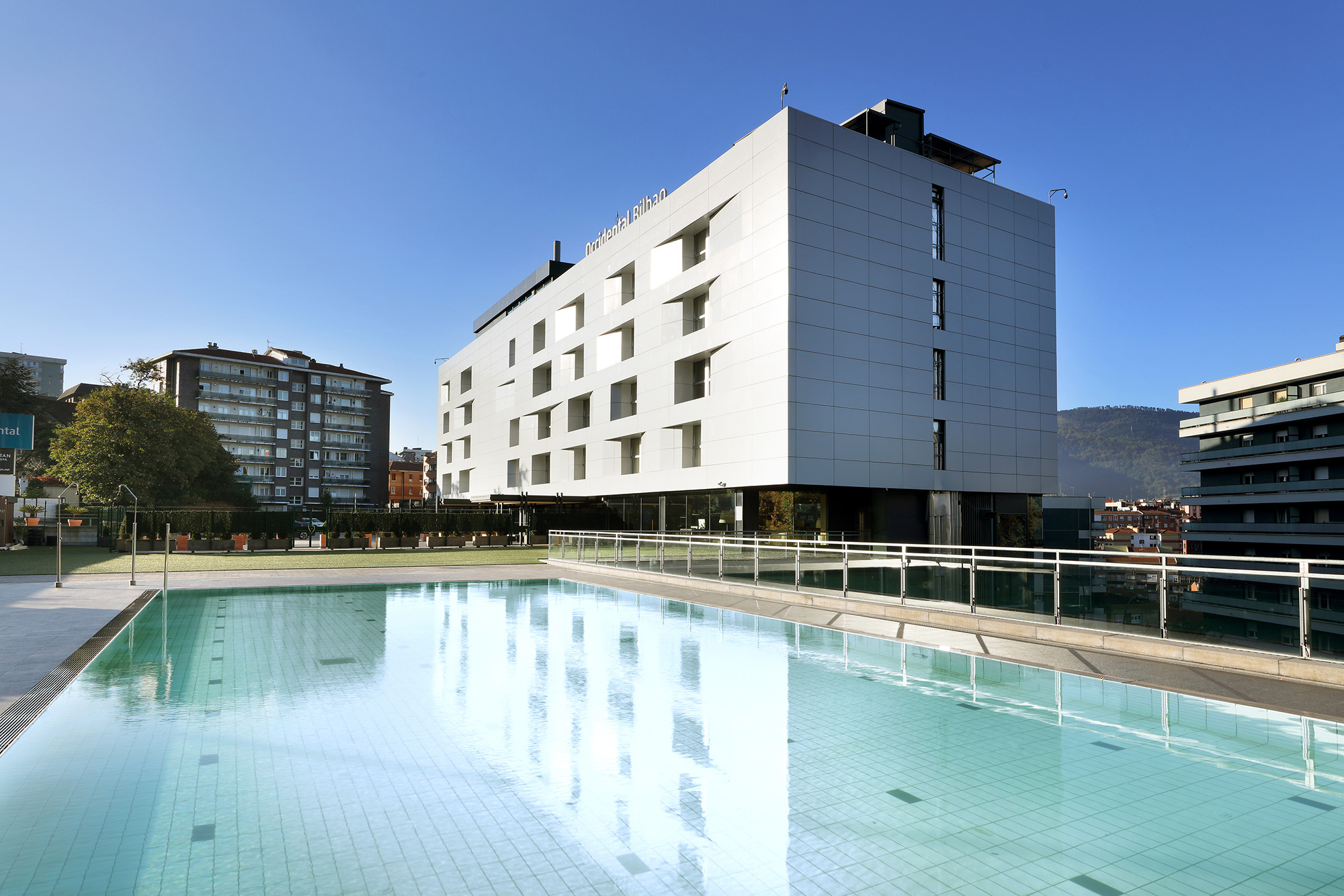Santiago Cathedral, the most spectacular Gothic church in Biscay, is inscribed in the heart of the Casco Viejo, Bilbao’s oldest quarter. Erected more than 600 years ago on Plazuela de Santiago, the place at which the original maze-like alleyways commonly known as Siete Calles (Spanish for Seven Streets) unfurl like a fan. Originally conceived as a humble parish church, it was consecrated as a cathedral in 1955 subsequent to being designated the seat of the Diocese of Bilbao. It is also recognised as an emblematic transit point for pilgrims on the Northern Way of the Camino de Santiago, the apostle being, through no coincidence, the main patron saint of the city. Silent witness to virtually the entire history of Bilbao, it has been the site of important events, some religious, such as the visit and preaching of San Vicente Ferrer back in 1408, and others of a more civil nature, such as the approval of the Municipal Ordinance in 1483. Declared Spain’s Historical and Artistic National Heritage Site in 1931, today the Cathedral opens its doors to tourists, who—guided by its spire—negotiate their way around wide-eyed just like the pilgrims that came before them.
- The Cathedral and its predecesso
- An architectonic treasure in the heart of the Casco Viejo
- Visiting the interior of the Cathedral
- A few oddities
The Cathedral and its predecesso
By means of the Municipal Charter that Diego López V de Haro granted the town of Bilbao in 1300, today it is widely known that the Cathedral of Santiago had a predecessor. On the same site on which it stands today, a small church surrounded by a cemetery once stood in the late twelfth century in honour of Saint James the Great. Sadly, it was destroyed by a fire in 1374, which caused Pope Gregory XI to raise funds in exchange for indulgencies in order to pay for the construction of a new church, which is the true origin of the place of worship we know today.
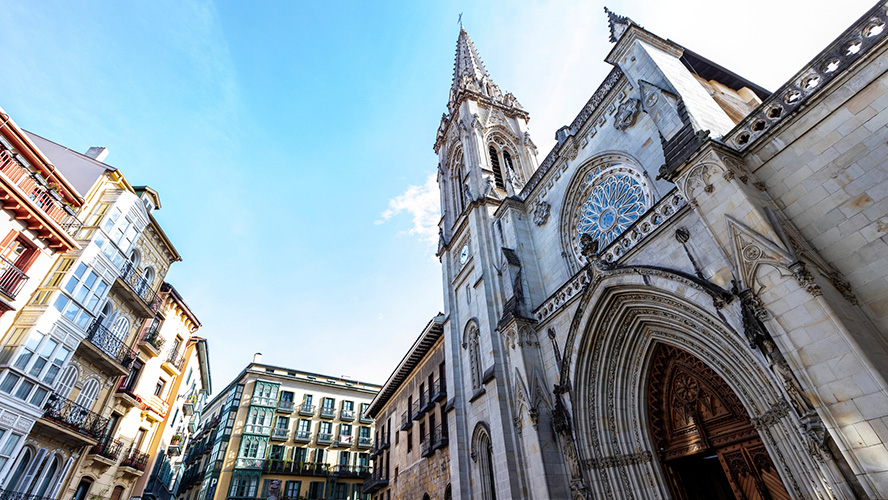
Construction of Bilbao Cathedral lasted an entire century, however, there were no interruptions along the way. As a consequence it has managed to retain a sense of uniformity in terms of its style and is considered no less than the best example of Gothic architecture in the Basque Country. Although its Latin cross floor plan had already been built in 1404, work continued throughout the fifteenth century and even the sixteenth century, with the construction of the cloisters, the Door of the Angel, the sacristy and the portico.
An architectonic treasure in the heart of the Casco Viejo
Calle Carnicería Vieja, one of the seven original streets, named in honour of the merchant’s guild that it was home to in medieval times, runs into Plazuela de Santiago. There, a decorative fountain from the time of Carlos III discretely contrasts with the sheer greatness of Bilbao Cathedral, which proudly displays its neo-Gothic façade, remodelled in the late nineteenth century by the renowned architect Severino de Achúcarro. Its frontage, the quintessential cathedral rose window and the 64-metre tall tower with its pointed spire are just some of the elements that underwent restoration in response to the deteriorated condition that the building was in.
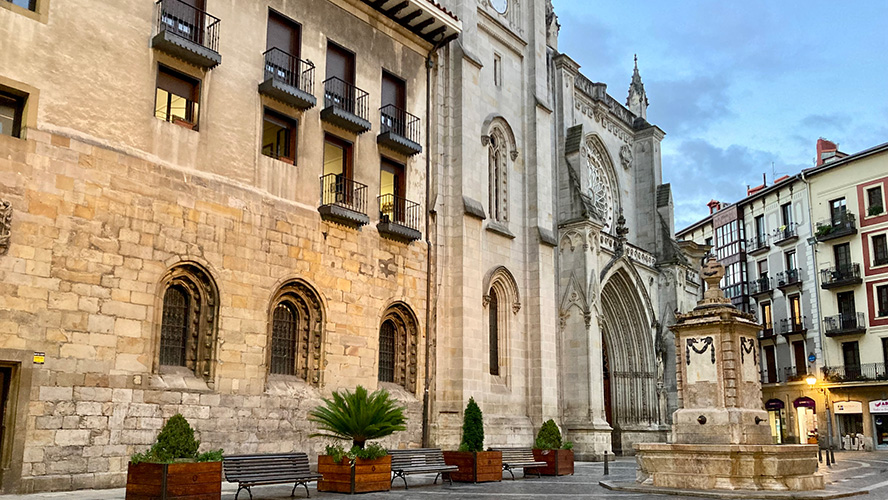
If we skirt the perimeter of the Cathedral, we will soon see that the building has three access doors. The Door of the Angel—or the Door of the Pilgrims, owning to the fact it was traditionally used by pilgrims—with a beautiful Gothic façade covered in flowers dating from the sixteenth century, is situated on one side of Calle del Correo. It is the most elaborate of the three and through it we can access the cloister garden. The exterior is completed by an imposing portico, built in the late sixteenth century not only as a covered meeting place but also as a buttress for the rest of the nave, which has suffered from foundation problems due to the area’s marshy land.
Visiting the interior of the Cathedral
Upon entering the Cathedral’s main nave rises before us at a height of 22 metres. Two lines of robust circular pillars flank the path to the main chapel, a slightly raised space that is host to the bishop and his canons at every liturgy. Around it is a distinctly French feature, the Ambulatory, which acted as a corridor to provide ease of movement for mass pilgrimages, and which today allows access to the stairway that descends to the magnificent hidden crypt. There, archaeological remains of the aforementioned original church are preserved, in addition to a space for praying.
Back on street level, there are fifteen funeral chapels open since the end of the fifteenth century, many of them still bearing the almost 250 tombs belonging to members of distinguished families of Bilbao, who once had the right to rest there.
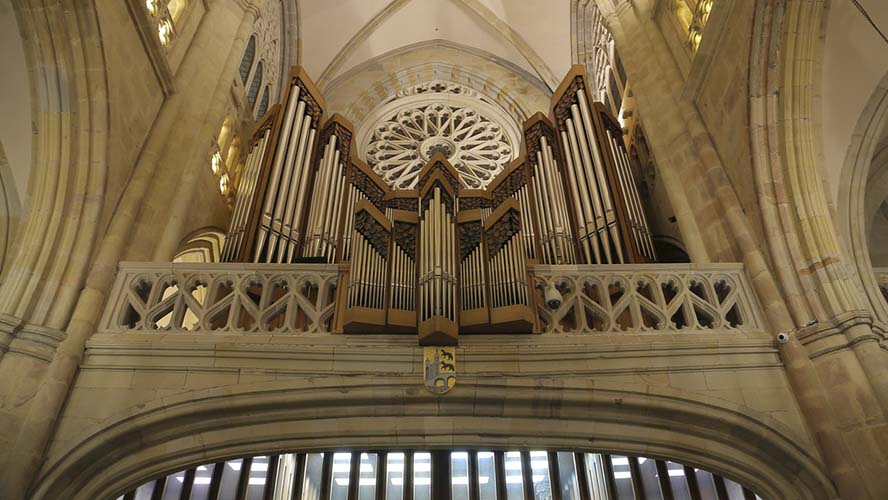
A few oddities
Despite the contemplative air that envelops the Cathedral, the building undergoes constant work to bring it up-to-date. The Music Chapel, for instance, is the oldest vocal and instrumental ensemble in Biscay. Played both a capella and instrumentally, they accompany worship in the Cathedral to the delight of churchgoers.
Other interesting facts that deserve to be known include the bilingual masses (Spanish-Basque) that are held on Sundays, the celiac version of the Holy Communion that the Cathedral offers, and the Basque dances that take place every last Saturday of each month on the square.
